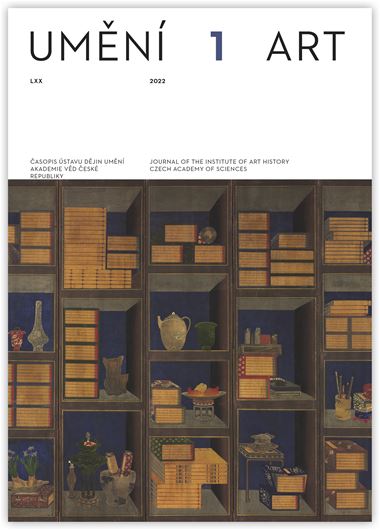Marcela Hanáčková
The First Steps of Socialist Realism in Czechoslovakia. A Long Visit of Soviet Architects in 1946/1947 and the Czechoslovak Response
At the turn of 1946 and 1947, ten Soviet architects affiliated with the Academy of Architecture in Moscow visited Czechoslovakia. Over the course of two months, they visited eighteen towns and cities. They were interested in historical, modern and contemporary architecture, as well as in the methods of post-war reconstruction, and visited many institutions associated with architecture. They also organised several lectures. The Soviet architects engaged in debates with their Czechoslovak counterparts on the architecture of both countries and appear to have genuinely sought common ground between them. This study has two main goals. The first is to answer the question of whether, prior to the 1948 coup d’état, the Soviet delegation might already have been attempting to promote the ideas of socialist realism in Czechoslovakia. To this end I will examine the activities and opinions of the Soviet architects as revealed during their visits to Brno and Prague. From Brno we have mainly records of discussions between Soviet and Brno-based architects linked to interwar functionalism and the local school of architecture. These documents reveal a search for points in common during the creation of socialist architecture, as well as a revaluation of modernism and the relationship to folk architecture. In Prague, the Soviet visitors gave several lectures and discussions in which they provided information about Soviet architecture, while making clear their allegiance to socialist realism.
My second goal is to examine the reaction of Czechoslovak architects to the visit, including to the presentation of socialist realism, which they had already encountered during the interwar years. As regards their reaction
to Soviet architecture after the visit from their Soviet counterparts, the Czech architects can be roughly divided into two groups. The first, represented by older architects active during the First Republic, expressed a sympathy with the eclecticism of Soviet architecture, though disagreed with it and expressed its hope that Czechoslovak socialist architecture would give rise to different outcomes. The second group, comprising young architects unburdened by the struggle of the interwar avant-garde, was far more positive and adopted an uncritical approach to Soviet architecture.
Author's email:
m.hanackova@gmail.com
DOI: HTTPS://DOI.ORG/10.54759/ART-2022-0102
Full-text in the Digital Library of the Czech Academy of Sciences:
https://kramerius.lib.cas.cz/uuid/uuid:e51e6013-61ae-4a96-8d2e-f8c8d8f3a92a
< back

